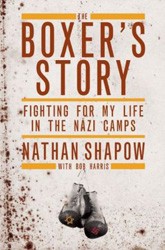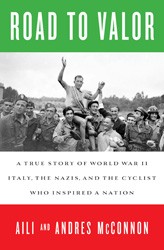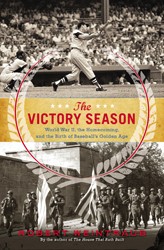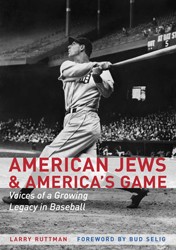“Foreigners,” writes Simon Kuper, “know little about the Netherlands.” In this bold and comprehensive book Kuper explains that “a little country like the Netherlands, whose language is not spoken abroad, can tell all sorts of lies about itself in the world. Not many people can check them.” The son of South African Jewish parents who relocated to Holland in 1976, Kuper was shaped by his childhood and early adolescence in that country. After moving to London in 1986, he decided to return for a few months to research a short book about Dutch soccer during World War II.
That book appeared in Dutch in March, 2000. Now, more than a decade later, he has sought to deepen his original insights with an expanded English version of his research. Between these two publishing moments, Kuper has become a noted columnist for The Financial Times, and he is widely recognized as an expert on the relation between soccer and cultural politics. So here is a multi-lingual author well prepared to check the facts about modern Dutch history. Through extensive interviews and careful review of relevant archives, Kuper aims to scrutinize the often accepted “myth” of Holland as “a tolerant country” which behaved virtuously during World War II. He enacts such de-mythologizing by combining broad historical facts about Holland’s war record with a very specific focus on Dutch and European soccer. As he gathered evidence and moved between these two realms of soccer and social history, Kuper gradually realized that “a book about soccer and World War II would go to the heart of Holland. Soccer was a place where the Holocaust met daily life.”
The usual inclination is to assert that “Holland saved Anne Frank, or nearly, so it must always have been good.” Kuper seeks to expose such deceiving myth through the crucible of hard statistical fact. Of the 140,000 Jews in Holland before the war, over 100,000 perished by 1945. The record, as cited by Kuper, also shows that a very great number of Holland’s “hidden Jews” were betrayed like the Frank family — more than 11,000 out of approximately 28,000 were exposed and turned over. Regarding the common-place of Dutch brave resistance to the Nazis, Kuper presents an estimate that “a mere 25,000 Dutch people were active in the Resistance, about 0.25 percent of the population.” In contrast, the records about France indicate “an estimated 400,000 French people were active in the Resistance, or 1 percent of the population.” But back in Holland, in Kuper’s account, daily life obliviously continued, and “the ball rolled on” in its many well-attended soccer stadiums. Soccer in Holland had become “a basic human need,” Kuper writes, and the “Dutch weren’t about to give it up just because of a genocide.”
Kuper’s focus on Dutch “daily life” during the war extends to detailed histories of its most popular soccer clubs. He pays special attention to the venerable Ajax Club located near the once-vibrant Jewish Quarter of Amsterdam. Due to this spatial proximity, Ajax gradually became associated with Jews though its members were overwhelmingly Gentiles. The author discerns at best a “grey” record regarding Ajax and Dutch Jews. As an “informal network,” some club members did help to save local Jews. However, as events developed, relevant records reveal a club stuffed with “erstwhile collaborators.” Translating the recollections of one former Ajax chairman, Kuper quotes its guiding war-time policy: “…see no evil, hear no evil, speak no evil…Hide it away, don’t talk about it.” To his great credit, Simon Kuper insists on presenting the truth, and refuses to “hide it away.” As a result, he deepens our understanding of Europe’s darkest hour. Bibliography.





